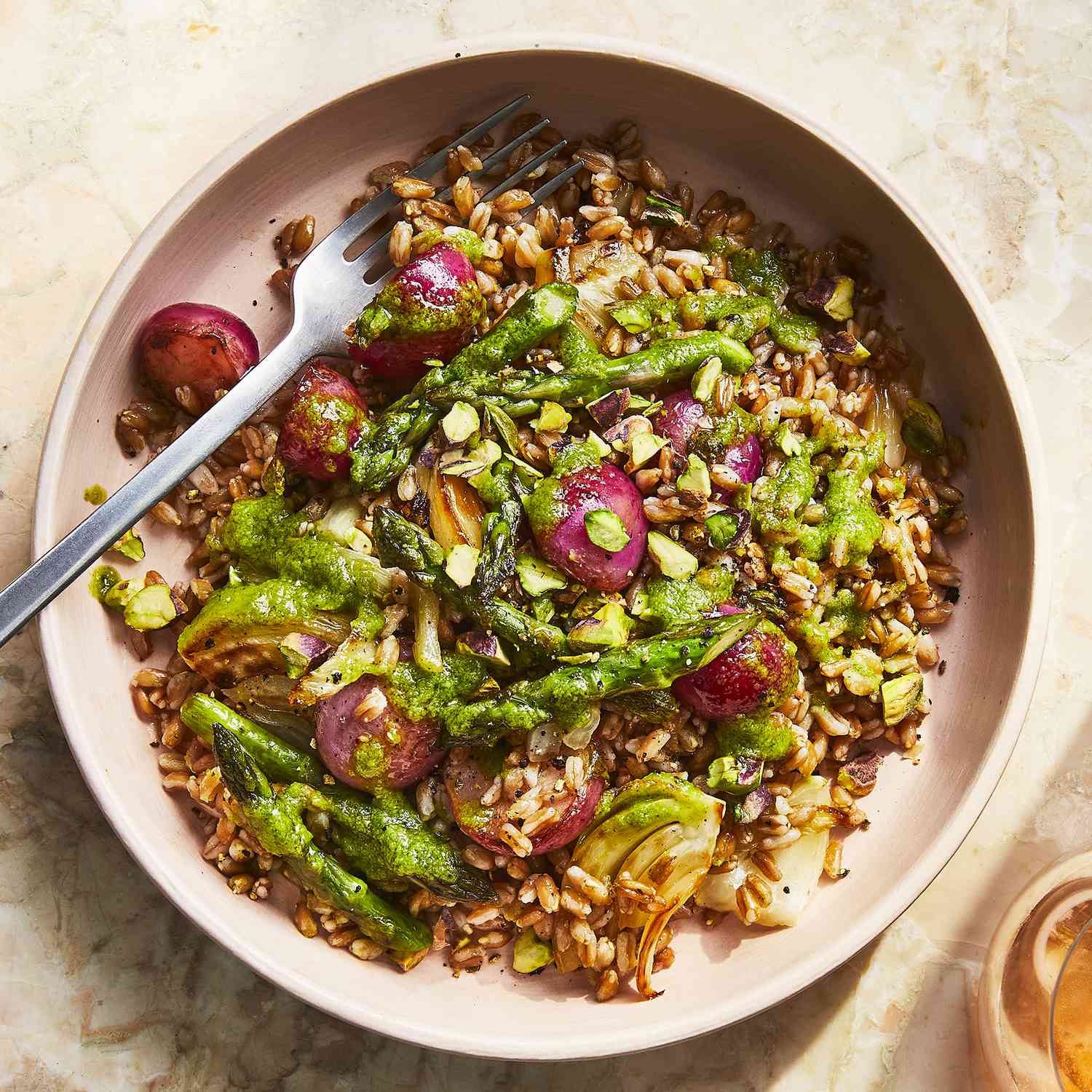Carbs And Your Heart
February is heart health month, and a new study has just been published regarding carbohydrate intake and heart health. In a study published in the journal BMC, the researchers concluded that “Higher free sugar intake was associated with higher CVD incidence and higher triglyceride concentrations within all lipoproteins. Higher fiber intake and replacement of refined grain starch and free sugars with wholegrain starch and non-free sugars, respectively, may be protective for incident CVD.”. So what exactly does that mean? The more free sugar we consume, the greater the risk of developing cardiovascular disease as well as increased trigyceride levels. Free sugars are added during the processing of food as well as naturally occurring sugars such as: syrup, fruit juice, honey and agave. Some examples found in food products are sweets, cakes, cookies, chocolate and sweetened beverages. This does not include the sugar found in dairy or whole fruits and vegetbles. We now know that sugar is inflammatory to the body, so reducing overall sugar intake is important. This is not to say we need to remove carbohydrates from our diet. Whole complex carbohydrates such as brown rice, rye, barley, farro, bulgar whole fruits and vegetables not only help to stabilize blood glucose but increase fiber in the diet which improve heart and digestive health. So what are things we can do to reduce added sugar and increse helthy carbohydrates:
- Remove all beverages with calories and look for unsweetened beverages: water, flavored seltzer, sun tea
- Avoid processed foods and baked goods. Increase low sugar fruits such as berries, apples, pears and citrus
- Increase vegetables with a goal of at least 5 servings a day. Each serving is 1/2 cup cooked or 1 cup raw
- Try to reduce take out food. the more we cook from home, the healthier we will be ( and we will save money)
Incorporating more fiber into the diet with a goal of 38 grams for men and 25 grams for women is the goal. Consume lots of vegetables, low sugar fruit, whole grains, beans and legumes helps to reduce overall risk of heart disease. As you increase fiber, you will need to increase your water intake to reduce risk of constipation. We cannot fully remove sugar from our diet, the American Heart Association recommends that men have no more than 9 tablespoons and women 6 tablespoons of sugar a day. When in doubt knowing how to balance your diet for optimal heart health, reach out to your RD who can help you to reach your goals.
Farro & Vegetable Bowls with Lemon-Shallot Herb Sauce
These hearty grain bowls make the perfect lunch or dinner. You can use any assortment of roasted vegetables you like. The herb sauce adds brightness, while chopped pistachios provide crunch. Use any leftover sauce as a spread on a sandwich or drizzle over fried eggs.
Recipe Summary
Ingredients
Directions
To make ahead
Refrigerate sauce (Step 1) in an airtight container for up to 1 week.
Nutrition Facts
1 1/2 cups




